Tesco’s entry into the smartphone market, announced yesterday by Philip Clarke, raised some eyebrows.
Shore Capital’s Clive Black labelled the move a “sideshow”, saying Tesco needed to focus on its core business, particularly pricing – against which “smartphones and Hudls pale into insignificance”.
Indeed, the Hudl phone is the latest in a series of moves – from food-to-go in London to F&F’s overseas expansion – that could be seen as distractions from Tesco’s true mission.
But on its own merits, does Tesco’s smartphone move make sense?
It is not, on the face of it, a great surprise. The £119 Hudl tablet, released last September, has been a hit, selling 550,000 units. It is channeling Tesco shoppers back towards Tesco services, as it comes preloaded with apps such as Tesco.com and Blinkbox. At a time when Tesco’s share is being eroded, anything it can do to retain customers is a smart move, even if Hudl does not itself make money (Tesco has yet to share the numbers).
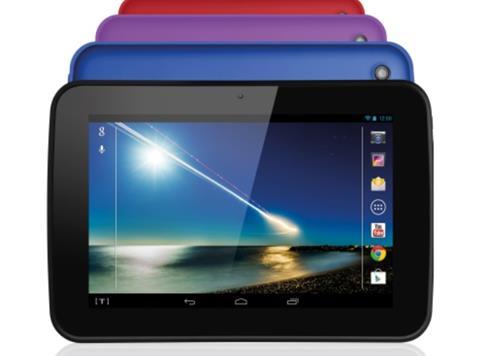
The smartphone is a logical extension of that plan, but we know precious little about it so far. We know it will come preloaded with Tesco apps; it will carry the Hudl branding and be released by the end of the year; and it will run Google’s Android operating system. This last is hardly a surprise, as Android is the Hudl tablet OS; it’s essentially free to use and adapt, and it’s the global market leader, running on 80% of all smartphones, according to the latest figures from analyst ABI.
It has also been reported the Hudl mobile will compete with “the best smartphones available” – but don’t think for a second that Tesco is about to launch a high-end phone to take on the iPhone or the Samsung Galaxy S5. Tesco doesn’t have a track record in consumer electronics or the brand clout to convince hispter Apple fans they should suddenly switch to a Hudl-branded gadget.
What it can do is sell a competitively priced budget smartphone. The gap in features between a cheap phone and an expensive one is no longer that great, and budget smartphones are expected to be a growth area, as sales of top-end phones start to plateau. ABI predicts shipments of phones costing less than $200 (£117) will triple from 238 million worldwide in 2013 to 758 million by 2018, with much of that growth coming from emerging markets (even Apple has responded by releasing a cheaper version of the iPhone 5). Tesco’s phone could capitalise on this trend (and be sold through its international stores).
Every stride forward for the Hudl moniker makes it a stronger player within Tesco’s house of brands, and boosts the chance of it being spun off in the future. No other UK retailer has a Hudl on its hands, or seems close to launching one.
There are a number of key differences between the tablet and smartphone markets, however. Around 24% of UK households own a tablet, according to Ofcom. Hudl was priced in just such a way that it might tempt the other 76% of households to take the plunge.
Smartphone ownership, on the other hand, is much more widespread, with 71% penetration. Many owners are on their second or third model, and while there has been a trend towards cheaper devices in the UK – the £135 Moto G handset was hit over Christmas – the market is maturing and competition is fierce.
Tesco has the scale and the physical presence to push its Hudl phone, with an array of Clubcard offers and Blinkbox discounts it could throw in. But I wonder whether the Hudl smartphone will have such an easy ride as the Hudl tablet.



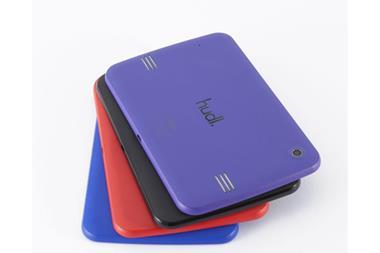
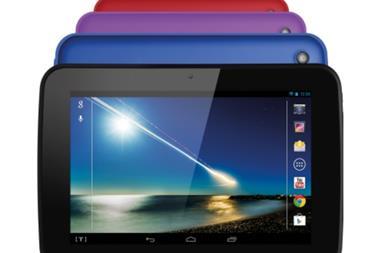
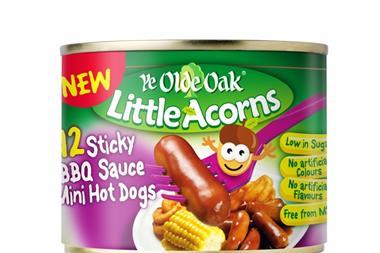
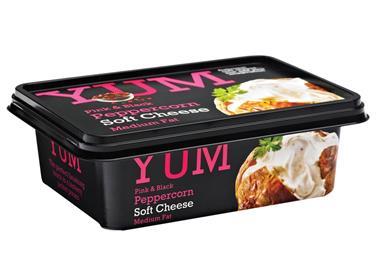
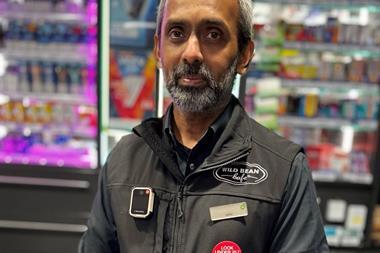
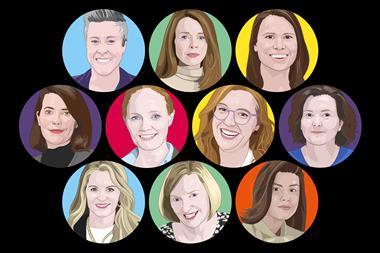

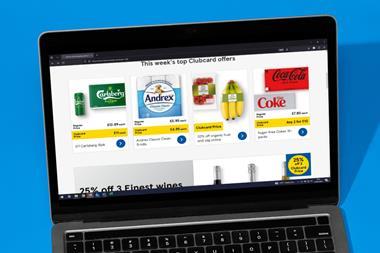

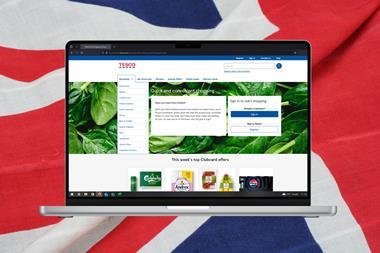
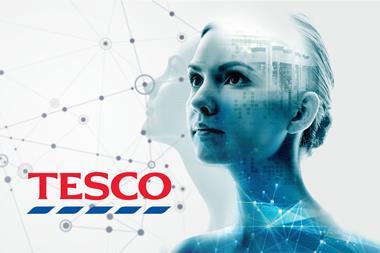

2 Readers' comments